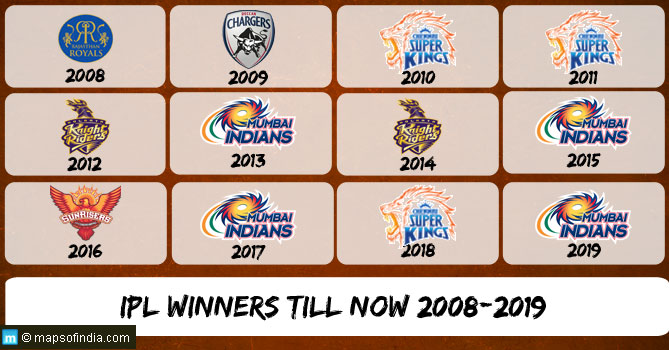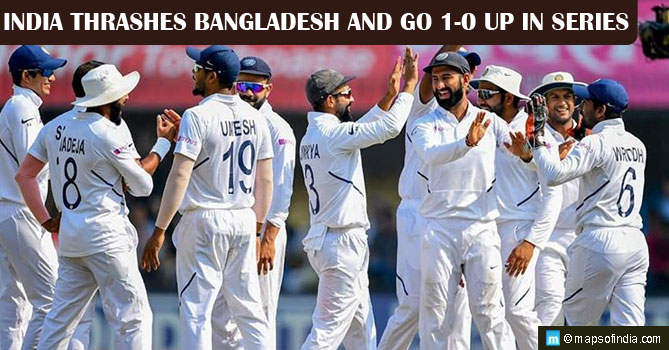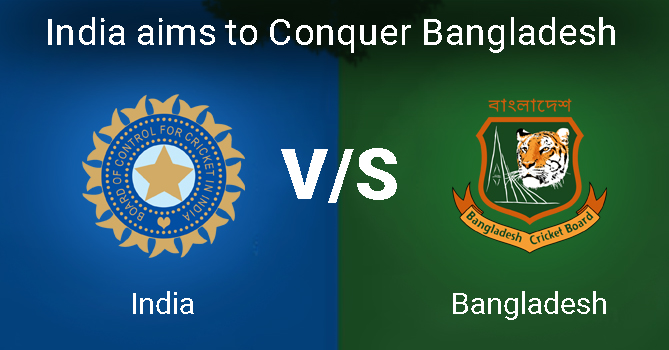 The quarterfinals of the 2015 Cricket World Cup are almost upon us. Till now, the tournament has given us some wonderful moments, especially, if you happen to be a supporter of Indian team! However, most of these moments are attributed to batsmen. They have outdone the bowlers when it comes to getting the limelight.
The quarterfinals of the 2015 Cricket World Cup are almost upon us. Till now, the tournament has given us some wonderful moments, especially, if you happen to be a supporter of Indian team! However, most of these moments are attributed to batsmen. They have outdone the bowlers when it comes to getting the limelight.
Batting records established till now in this World Cup:
- Highest total scored by a team – 417 for 6 by Australia against Afghanistan
- Second highest successful run chase by a team – 322 for 4 by Bangladesh against Scotland
- Fastest double century and highest score – 215 off 138 balls by Chris Gayle against Zimbabwe
- Fastest 150 – AB de Villiers in 64 balls against West Indies
- Second fastest century – Glenn Maxwell in 51 balls against Sri Lanka
- Fastest fifty – Brendon McCullum in 18 balls against England
- Most sixes in an innings – Chris Gayle (16) against Zimbabwe
- Most runs scored via boundaries – Chris Gayle (136) against Zimbabwe
- Highest partnership – Chris Gayle and Marlon Samuels (372) against Zimbabwe
- Most centuries in a tournament – Kumar Sangakkara (4)
- Most sixes in a tournament – AB de Villiers (20) and Chris Gayle (18)
Is the Balance Tilting in Favour of Batsmen?
This question is popping its head, especially in the minds of people who take the game seriously and who believe that cricket represents a fight between bat and ball with the balance never really decisively tilted in anyone’s favour.
One look at the statistics mentioned above and one can jolly well understand how one-sided the proceedings have been. Now, there are several reasons as to why such high scores are coming up with ludicrous regularity. To start with, the rules of ICC are clearly in favour of batsmen with only four players allowed outside the inner circle most of the times, thus making it very hard for captains to contain runs.
Perhaps, when the rules were framed, the expectation was that pitches would help the bowlers. On the contrary, ICC itself makes sure that the pitches help the batsmen, so that the game lasts the 100 overs and everyone – most importantly the sponsors – go home happy. The common rationale in this case is that people want to see fours and sixes being scored more often and that is what is being given to them. Moreover, a truncated game would lead to losses for the administrators and sponsors. So, such scenarios have to be avoided completely.
While the batsmen are prospering and ICC coffers are hopefully filling up – which is important for the long-term sustenance of the game desperately wanting to be global – the bowlers are learning to deal with lower self-esteem and a few moments of success when they are able to get a batsman out. However, a fair judgment needs to be made before one can truly say that batsmen are ruling the roost totally.
Looking at Things from a Different Perspective
While personalities no less than Sanjay Manjarekar are worried about the growing dominance of batsmen, a few things need to be cleared and some facts need to be acknowledged. First of all, good bowlers are still getting wickets.
Following is a list of leading wicket takers so far in the tournament:
- Josh Davey (SCO)
- Ravichandran Ashwin (IND)
- Trent Boult (NZL)
- Jerome Taylor (WI)
- Morne Morkel (RSA)
- Imran Tahir (RSA)
- Tim Southee (NZL)
- Wahab Riaz (PAK)
- Mitchell Starc (AUS)
- Lasith Malinga (SL)
- Daniel Vettori (NZL)
- Shapoor Zadran (AFG)
- Mohammad Shami (IND)
- Tendai Chatara (ZIM)
In addition, bowlers such as Dale Steyn, Sohail Khan, Mohammad Irfan, Mitchell Johnson, Mohammad Naveed, Mohit Sharma, Umesh Yadav, Andre Russell, Hamid Hassan, Rubel Hossain, Mashrafe Mortaza, Dawlat Zadran, Taskin Ahmed and Rahat Ali have made their mark in the tournament with their pace and skills.
If we look at both the lists, it becomes evident that quality cricketers have done well. This is perhaps what the new laws are looking to promote – an emphasis on attacking mindset. As a batsman, you should look for runs, and as a bowler, you have to be on the hunt for wickets. Gone are those days when bowlers would think of just containing batsmen and the batters would play out a couple of dots. A chance needs to be taken with every ball and this will perhaps create a better game for the viewers. These laws will also spell the doom for bowlers such as Nuwan Kulasekara and Lonwabo Tsotsobe who could hope to bowl a few overs of medium pace quietly and then disappear into the outfield. There is every chance that a Kohli or Warner will deposit you out in the stands time and again. Average players do not have any place anymore in the 50-over game, which is well on its way to become the most demanding version.
Conclusion
There is a need to revisit the ICC rules for reasons more than one. Firstly, the pitches offer little assistance for the bowlers and the field placements are such that it seems like we are watching an extended version of a 20-over game, which can get nauseating at times, even for the most diehard fans. Perhaps, the ICC needs to find ways to restore a semblance of balance between bat and ball.




